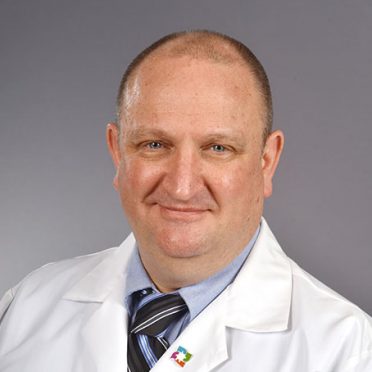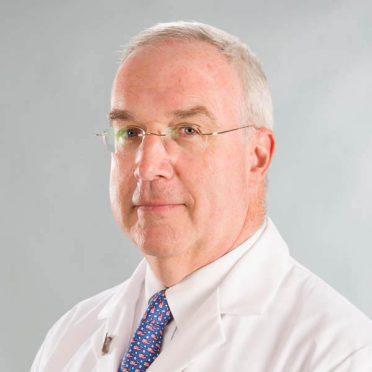In New England we celebrate the summer season like it’s a Patriots Super Bowl win or a Red Sox World Series clincher. We have so many months of cold, dark and dreary weather that from Memorial Day to Labor Day, every day can feel like a party.
But those warm summer months can also be dangerous, especially to teen drivers. According to the AAA Foundation for Traffic Safety, more than 7,000 people died in teen driving-related summertime crashes from 2010 to 2019. And new teen drivers (ages 16-17) are three times as likely as adults to be involved in a deadly crash.
We Save Lives, a non-profit dedicated to changing dangerous driving choices, says that on average 260 teens are killed in car crashes each month during the summer – an increase of 26 percent compared with the other months of the year.
AAA has identified three factors that commonly result in deadly crashes for teen drivers:
- Distraction: Distracted driving plays a role in nearly six out of 10 teen crashes, four times as many as official estimates based on police reports. The top distractions for teens include talking to other passengers in the vehicle and interacting with a smartphone.
- Not buckling up: More than half of teen drivers killed in a crash were not wearing a seatbelt, according to a study done in 2015. According to the National Highway Traffic Safety Administration, of the 22,215 passenger vehicle occupants killed in 2019, 47 percent were not wearing seat belts.
- Speeding: Speeding is a factor in nearly 30 percent of fatal crashes involving teen drivers. A previous AAA survey of driving instructors found that speeding is one of the top three mistakes teens make when learning to drive.
Jonathan Gates, MD, MBA, FACS, chief of surgery at Hartford Hospital with a specialty in trauma surgery, would add one more factor: alcohol. Connecticut is fourth in the nation in impaired driving per capita, according to the CT Department of Transportation. More than 40 percent of driving fatalities are alcohol related, and approximately six percent of the fatally injured drinking drivers were under the legal drinking age, the DOT reports.
Last summer, Hartford HealthCare launched the “Not One More” campaign. Funded with a $550,000 highway safety grant from the Connecticut Department of Transportation, it brings together the state’s 12 trauma centers for a statewide awareness campaign. The message of “Not One More” highlights the fateful decision to have “just one more” drink, and the potential domino effect of impaired driving.
Gary Kaml, MD, a trauma surgeon at Backus Hospital, said the majority of these summertime crashes are preventable.
“We’ve stopped calling them motor vehicle accidents,” he said. “We now call them motor vehicle crashes, or collisions. Because we have come to realize that in the majority of cases, they are not accidents. They are the result of someone’s poor choice. Someone who thought they could make it home (after drinking), someone who thought they could text and drive, or someone who thought they could make the curve at that speed. And it ends up in a crash.”
Distracted driving among teenagers – whether it is from texting or from interacting with passengers in the car – is the same as driving under the influence of drugs or alcohol, Kaml said. “Somebody texting and driving is akin to being over the legal limit as far as their ability to manage the car.”
Connecticut and many other states have been proactive in limiting teen drivers in an effort to reduce crashes and fatalities. “They looked at the data,” Kaml said, “and they restricted driving hours because more crashes happen between 11 p.m. and 5 a.m. And they tailored the law so that (in the first six months) they can’t have passengers other than their parents.”
Kaml understands the challenges of convincing teenagers to make the best choices on the road. He has a “but” on the end of that sentence, however.
“People ask me, do the blood and guts of my job bother me,” he said. “I tell them no. I’m focused on saving someone’s life, so the blood and guts of the trauma and in the operating room don’t bother me. If I had to name the one thing that I hate about my job, it’s when I leave that operating room and I have to walk down to the quiet room where the family is waiting. I’m about to change the life of a spouse, or parents, or a brother or sister. I know how to save someone’s life, but I don’t know a good way to tell a mother her son is dead.”




